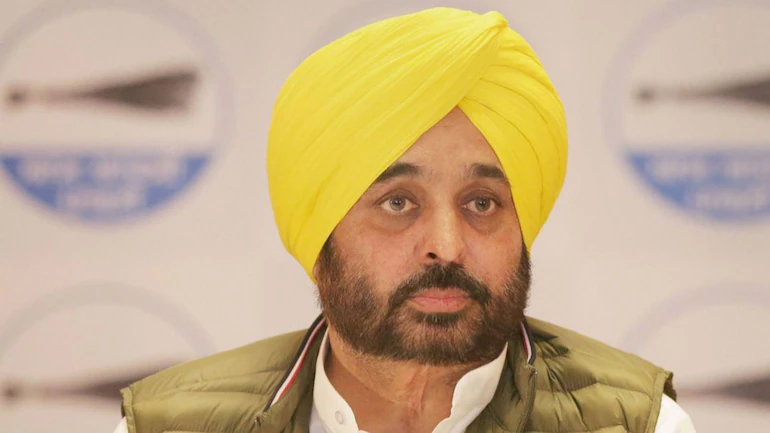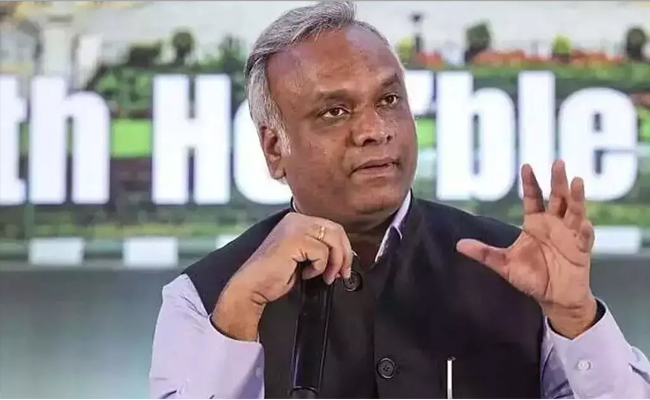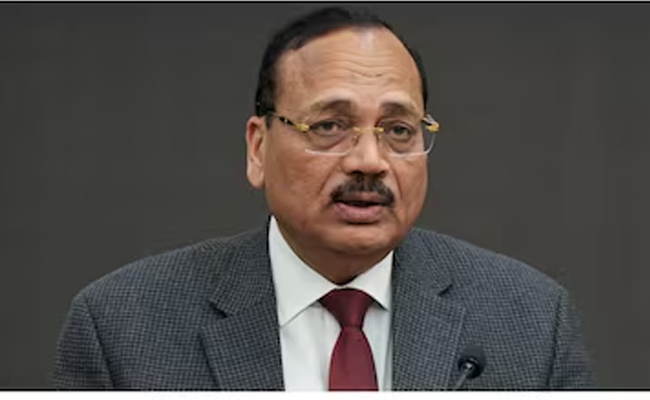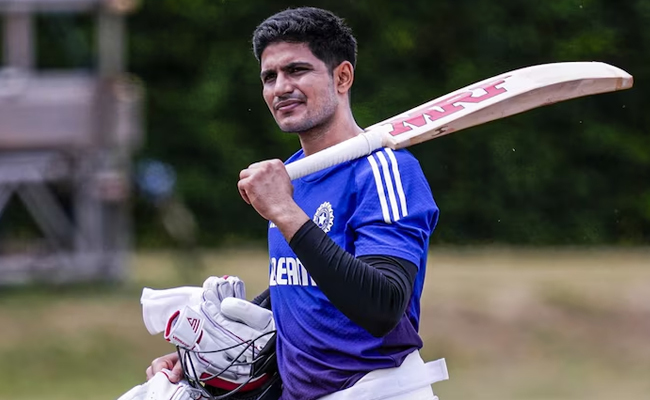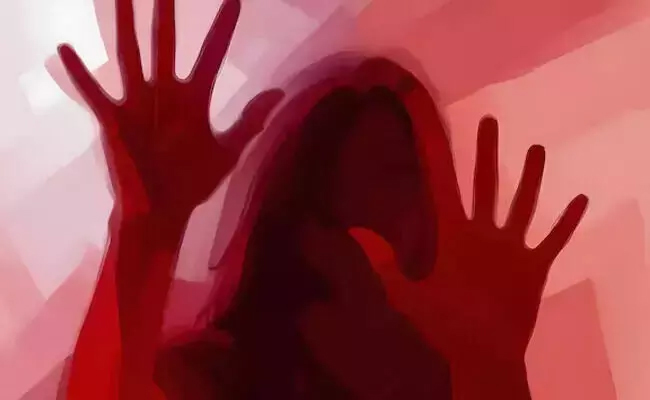Chandigarh, Jul 6: Punjab Chief Minister Bhagwant Mann will on Thursday tie the nuptial knot for the second time.
Mann (48) separated from his first wife in 2015. He has two children from his first marriage.
"The chief minister is getting married in a private ceremony here tomorrow. He will tie the knot with Dr Gurpreet Kaur, who belongs to Pehowa in Haryana's Kurukshetra," AAP's Punjab unit chief spokesperson Malvinder Singh Kang told PTI over the phone.
Only family members, including Mann's mother, sister, relatives, and a few guests will attend the wedding, sources said, adding Delhi Chief Minister and AAP national convener Arvind Kejriwal is expected to be in attendance.
Sources said that this marriage is an arranged one.
State ministers Harjot Bains and Aman Arora as well as the party's senior leader Raghav Chadha congratulated Mann on Twitter.
"Wishing my Chief Minister Bhagwant Mann Ji a very happy and blessed married life ahead. I wish them both a lifetime of love, respect and companionship," Bains said.
Arora congratulated Mann for starting married life and wished "both a life full of happiness, joy, love, prosperity, health and companionship. May the almighty shower His blessings on both of you".
Senior AAP leader Raghav Chadha gave his best wishes to Mann and his would-be wife.
"Best wishes to my 'vadde veer' (elder brother) Mann Saab and Dr Gurpreet Kaur for a happy and blessed married life," tweeted Chadha, who is a Rajya Sabha MP.
Punjab Congress president Amarinder Singh Raja Warring also congratulated Mann as he starts a "new chapter in his life".
"My heartiest congratulations to the CM Bhagwant Mann Ji as he starts a new chapter in his life tomorrow. Best wishes for a happy and blissful married life ahead," he tweeted.
Mann's 21-year-old daughter Seerat and 17-year-old son Dilshan from his first marriage had flown in from the US for the ceremony when he took oath as Punjab chief minister in March.
Bhagwant Mann had taken oath on March 16 as Punjab chief minister at a ceremony held in freedom fighter Bhagat Singh's village Khatkar Kalan village in Shaheed Bhagat Singh Nagar district.
AAP had stormed to power in Punjab earlier this year winning 92 of the 117-Assembly seats.
Let the Truth be known. If you read VB and like VB, please be a VB Supporter and Help us deliver the Truth to one and all.
Bengaluru: Rural Development and Panchayat Raj Minister Priyank Kharge has alleged involvement of the Rashtriya Swayamsevak Sangh (RSS) in a money transfer network at global level.
Posting his allegation on his personal ‘X’ account on Saturday morning, Kharge said that he was referring to an issue that had not been dealt with decisively by Indian media houses.
“Here is a crucial story that the Indian media will never touch,” the minister has said, and clarified, “This so-called “body of individuals” has built a global network of over 2,500 affiliated organisations. Through these fronts, the RSS collects “guru dakshina” to fuel its divisive agenda. (sic)”
Kharge has further alleged, “The world’s largest NGO is running amok, laundering money and evading accountability.”
The minister added, “Here is a map of their organisational architecture of their “Vichar Parivaar.” https://rssproject.caravanmagazine.in / @thecaravanindia”

